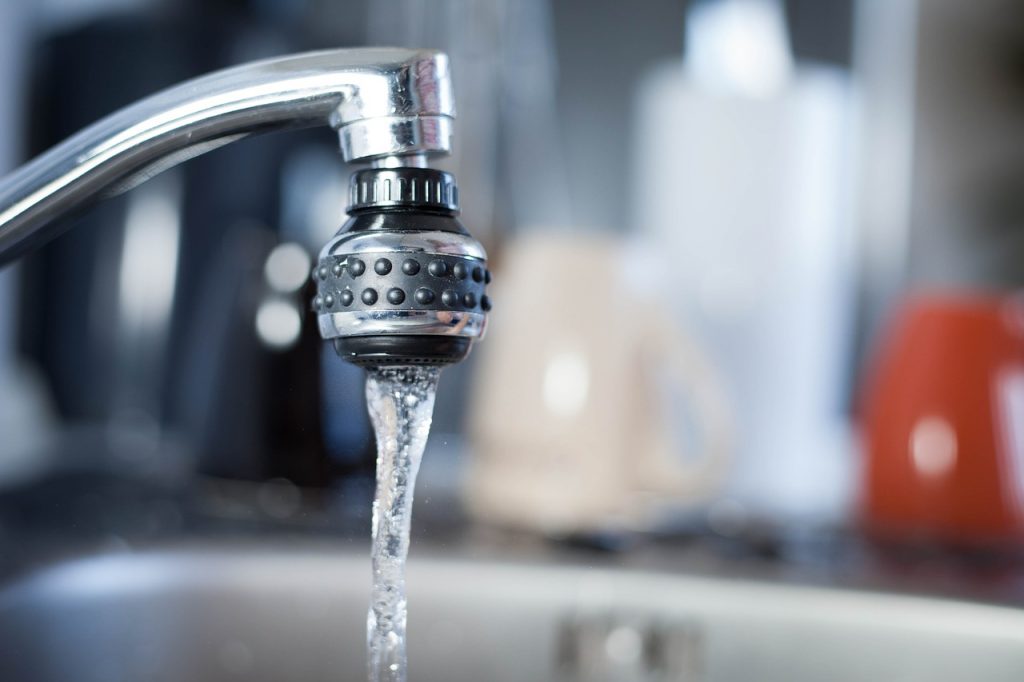Why Tap Water Is Dangerous To Use In Home Medical Devices
Tap water contains pathogens and microorganisms and should not be used in home medical devices.
This article is more than 2 years old

Even though tap water in America is perfectly safe for drinking, it can still contain low levels of microorganisms. These microbes are harmless when digested because stomach acid destroys them, but they can cause serious health problems if they enter the body through the nose or eyes. For this reason, it’s not wise to use plain tap water in neti pots or other home medical devices.
Tap water is not sterile, but CNN Health shared a recent study showing many people are unaware of that. Therefore, they assume no risk is posed by using tap water in medical devices. The Emerging Infectious Diseases journal published the August 2021 survey where one-third of respondents incorrectly answered that tap water is free of bacteria and other living organisms.
More than half of the study’s participants said that tap water could be used for neti pots and other nasal lavage devices while 50% said it was fine for rinsing off contact lenses. Forty-two percent of respondents said that they would trust tap water in humidifiers or CPAP machines. CPAP, or continuous positive airway pressure machines are used to treat sleep apnea and need water to keep the user’s mucus membranes from drying out.
“While tap water is generally safe to drink, it is not OK for other uses,” said Shanna Miko, an author of the study. Miko is also an Epidemic Intelligence Service officer at the U.S. Centers for Disease Control and Prevention (CDC). “With the aging infrastructure, our aging pipes, there are some new waterborne challenges that have emerged, and those are basically these pathogens or these germs that can live in these protective areas that like to stick to pipes called biofilm pathogens.”
Certain pathogens that remain in tap water systems after the water is treated for human consumption can invade the eyes, skin, brain, and lungs. These include Pseudomonas aeruginosa, nontuberculous mycobacteria, Legionella, Acanthamoeba, and Naegleria fowleri. Acanthamoeba has been responsible for multi-state outbreaks after people used tap water for contact lens care and ended up with permanent eye damage or blindness.
Death by brain-eating amoeba has made headlines several times, including the case of a Seattle woman who contracted Balamuthia mandrillaris when she rinsed her sinuses with tap water in a neti pot. This amoeba can cause a rare but almost always fatal brain infection weeks to months after it enters the body. Balamuthia mandrillaris was only discovered in 1986, but since 1993 has caused at least 70 cases of the deadly infection in the United States.
“They might not be the most frequent things to be occurring each year,” Miko said, “but to the people that do acquire the infections, it has a significant impact.” The vast majority of healthy people do not have to fear getting sick after exposure to tap water microbes, but certain groups are at higher risk of infection. Infants younger than six months, people with weakened immune systems, people with HIV, cancer, or other chronic illness, and the elderly are at the greatest risk.
Miko said that even people at higher risk of disease from tap water-borne pathogens can take simple steps to protect their health. She and the CDC recommend only using sterile water in nasal lavage devices, humidifiers, and CPAP machines. Bottles of distilled or sterile water can be bought at virtually any grocery store, or you can boil and cool tap water to sterilize it.
People who use at-home medical devices should also regularly clean and disinfect their devices, according to the manufacturer’s directions. People who wear contact lenses should always use bottled saline or lens storage solution instead of tap water. Additionally, those at higher risk of infection should flush their home plumbing systems regularly and add special filters on faucets and showers.



